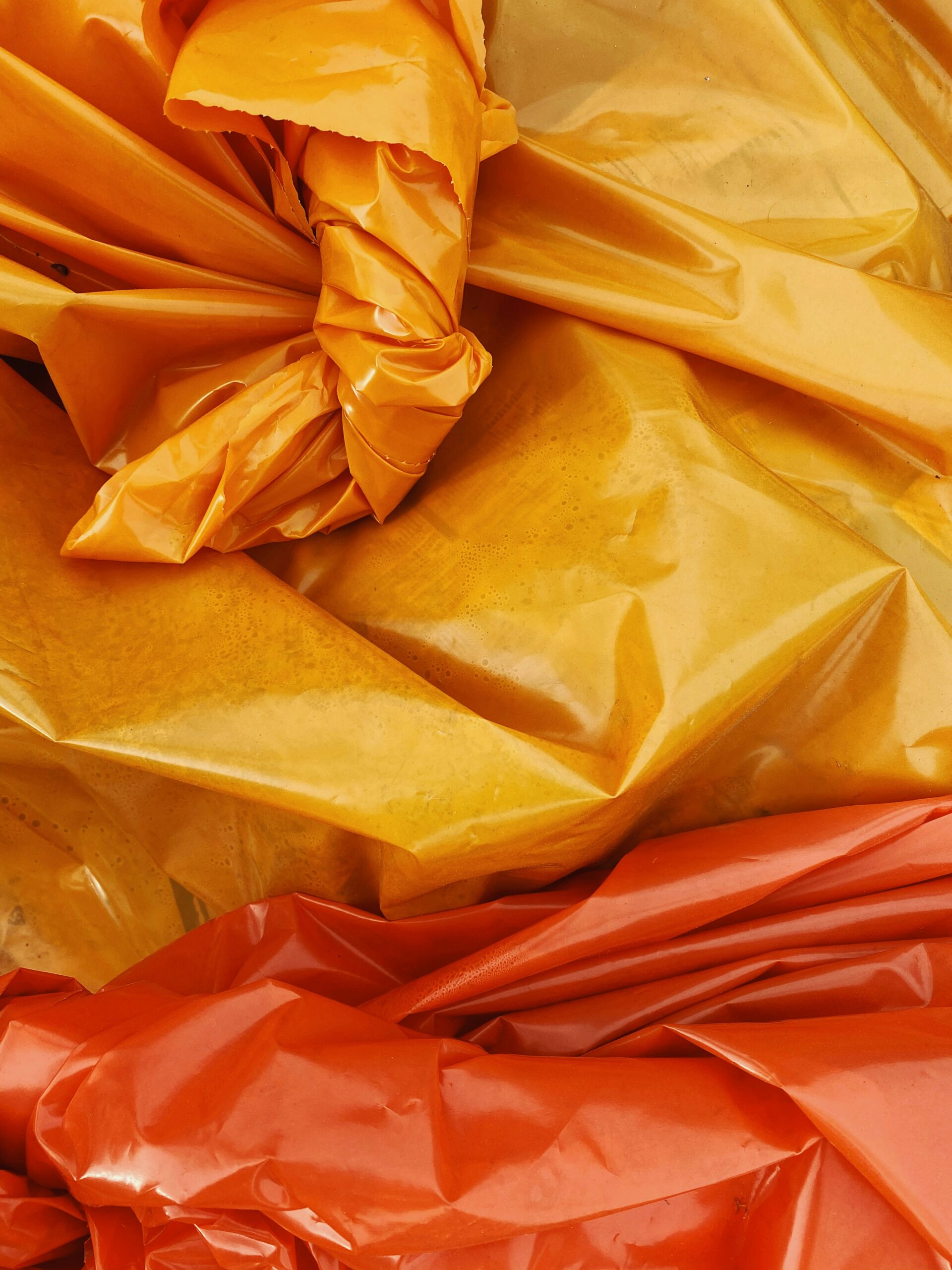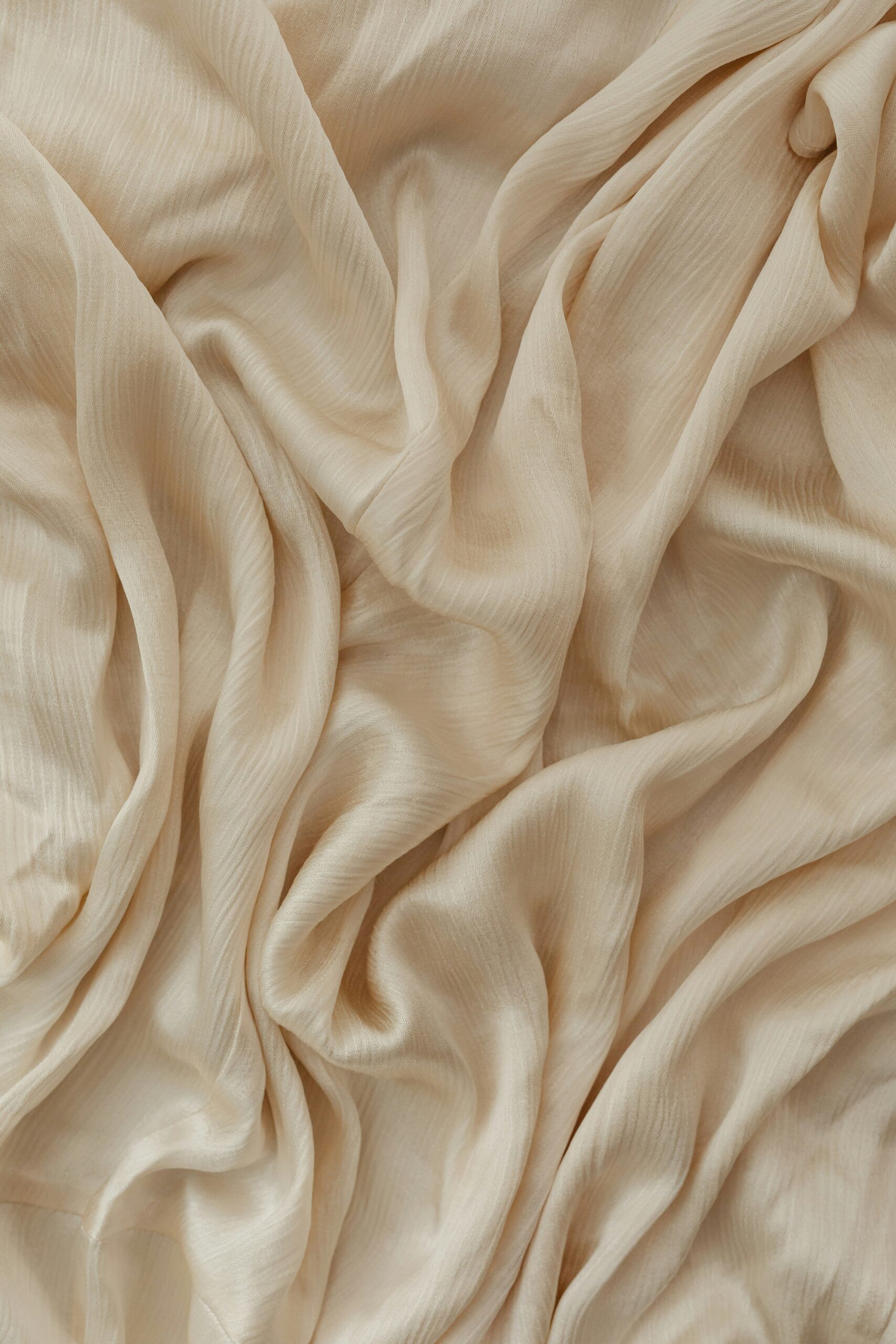Gain material insights with DDC’s new resource
Materials shape our world—yet do we truly understand and respect them? DDC’s new resource for the Distributed Design Platform will give you a unique insight in selected makers and designers’ practice and their perspectives on different material categories.
We live in a world built from materials, yet we often take them for granted. From the wood in our furniture to the plastics in our devices, materials are essential to our daily lives—but they are also finite resources. Most of us know that the way we extract, use, and discard materials has a direct impact on our environment and future.
At DDC – Danish Design Center, we believe that a more sustainable and circular future begins with a deeper respect and empathy for materials. This is why we are publishing Material Insights—a resource designed to help designers, makers, and creative professionals better understand materials, their nuances as well as circular potentials.
This publication is not about the science of materials—it’s about rethinking how we interact with them. With this resource, we invite you to explore how materials can be used more wisely, repaired and cared for more thoughtfully and valued on a deeper level.

Photo credits: Charles Etoroma on Unsplash
A Circular Economy Starts with Material Awareness
In a circular future, materials are not just disposable inputs—they are part of an interconnected system. Circular transitions require us to move beyond sustainability claims and develop a practical, hands-on understanding of materials.
The Material Insights publication takes a deep dive into eight key material categories, exploring their strengths, challenges, and circular opportunities. The selected material categories are:
- Cardboard
- Ceramics and clay
- Electronics
- Metal and alloys
- Paper
- Plastics
- Textiles
- Wood
Through contributions from dedicated designers and makers, Material Insights doesn’t just describe these materials. For each of the material categories, you can explore the pros and cons, sustainability and circular economy perspectives, human associations and emotions connected to the materials, relevant tools, procedures, hands-on recommendations, best practices and project insights.
By exploring the different material categories, the resource aims to equip makers, designers and other people interested with knowledge and insights that aim to create better prerequisites to make more thoughtful material choices—in their daily lives as well as in their professional practices.

Photo credits: Jj Ying on Unsplash
Materials Deserve Our Respect
One of the biggest challenges in the circular and sustainable agenda isn’t just about which materials we use—it’s about how we treat them.
Today, many materials are undervalued and discarded too easily. In our fast-moving, take-make-waste, and consumption-driven world, we tend to prioritize convenience over longevity and novelty over durability. Ironically, the issue is not that we are too materialistic—but that we are not materialistic enough.
True materialism means understanding materials, respecting their properties, and engaging with them in a way that extends their lifespan on an ongoing basis. Whether a material is natural or synthetic, its value shouldn’t be determined by how easily it can be replaced but by how well it can be maintained, reused, repurposed etc.

Photo credits: Karolina-Grabowska-unsplash
An Open and Material-Driven Design Practice
Materials are often chosen based on cost, availability, or aesthetic appeal, but what if we flipped the design process around?
Instead of starting with a fixed idea and selecting materials to fit it, what if we let the material itself guide the design process?
Material Insights encourages this approach by showcasing how designers and makers work with materials in an open-ended, exploratory way. These project insights help us see how makers and designers actively have been working with e.g. reducing waste by working with what’s already available and what has already been extracted, discovering unexpected material properties through experimentation as well as encouraging a long-term relationship between humans and materials.
Whether you are an experienced maker, a student, or simply someone interested in sustainability, we hope this resource challenges you to rethink your material choices and processes.
What’s Next?
At DDC, we see this resource as a beginning. We are actively exploring how Material Insights can be used in makerspaces, workshops, and educational settings to ensure that the knowledge becomes actionable and tangible.
We also recognise that materials and their applications are constantly evolving. What works today might need to be reconsidered tomorrow—and we are eager to continue learning and engaging with the community to develop new insights.
So if you work with products and materials on a daily basis and wish to connect with us or if you have inputs or enquiries regarding Material Insights, we’d be happy to receive your contact and inputs. Send an email the author of the publication, Therese Balslev, on [email protected]

Photo credits: Annie Spratt on Unsplash